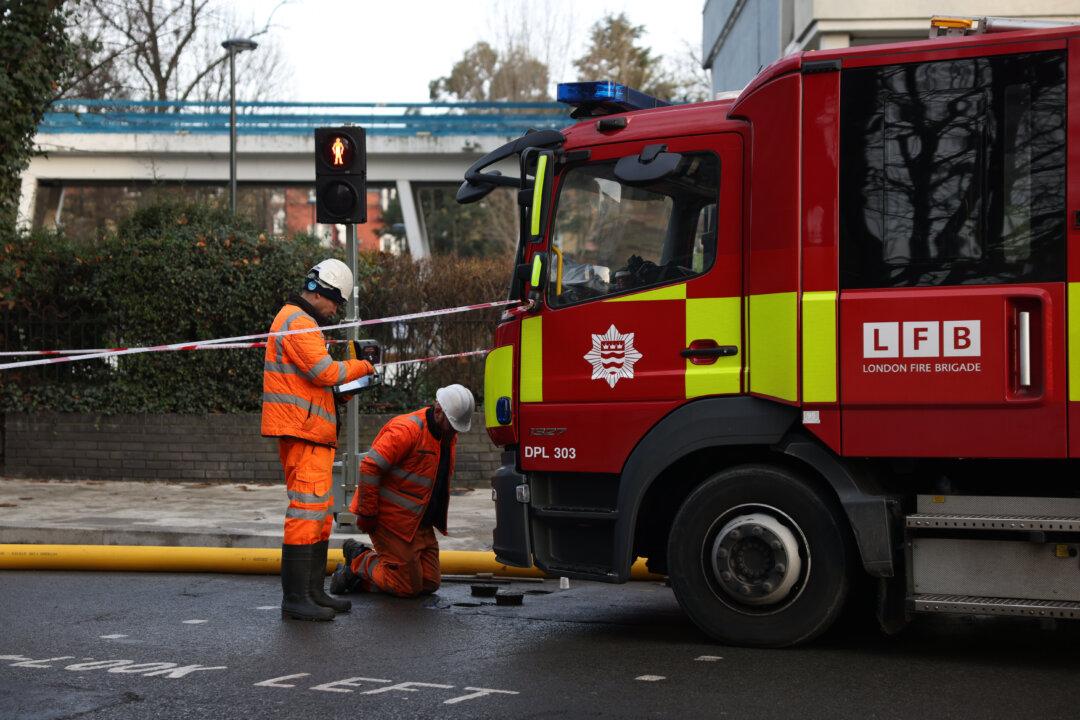The UK has witnessed over the past year a shift in housing demand away from cities and towards more rural or less densely populated areas of the country, a new study has revealed.
House prices have boomed during the CCP (Chinese Communist Party) virus pandemic despite the most significant economic contraction in a generation, said the Resolution Foundation, a London-based think tank.





